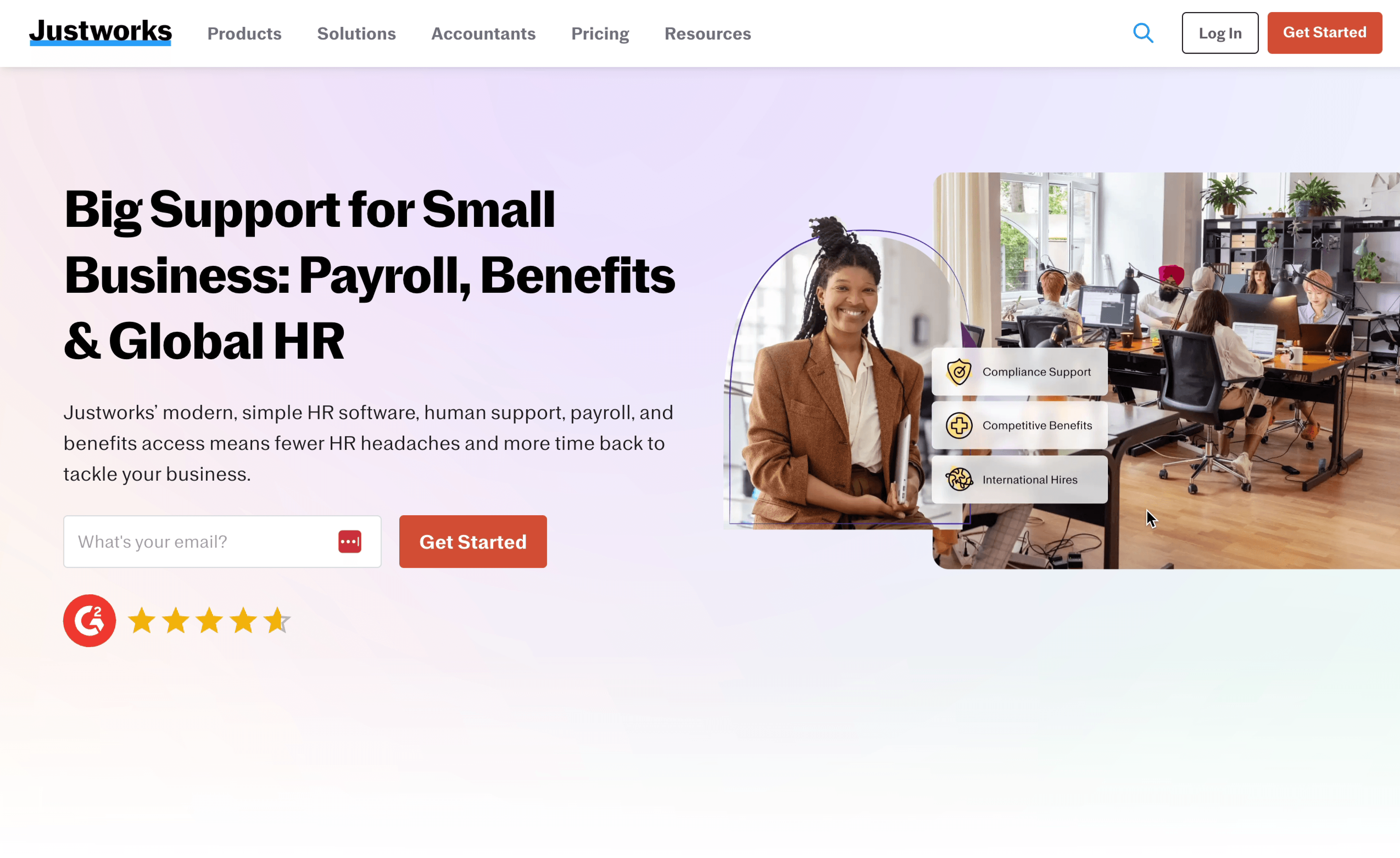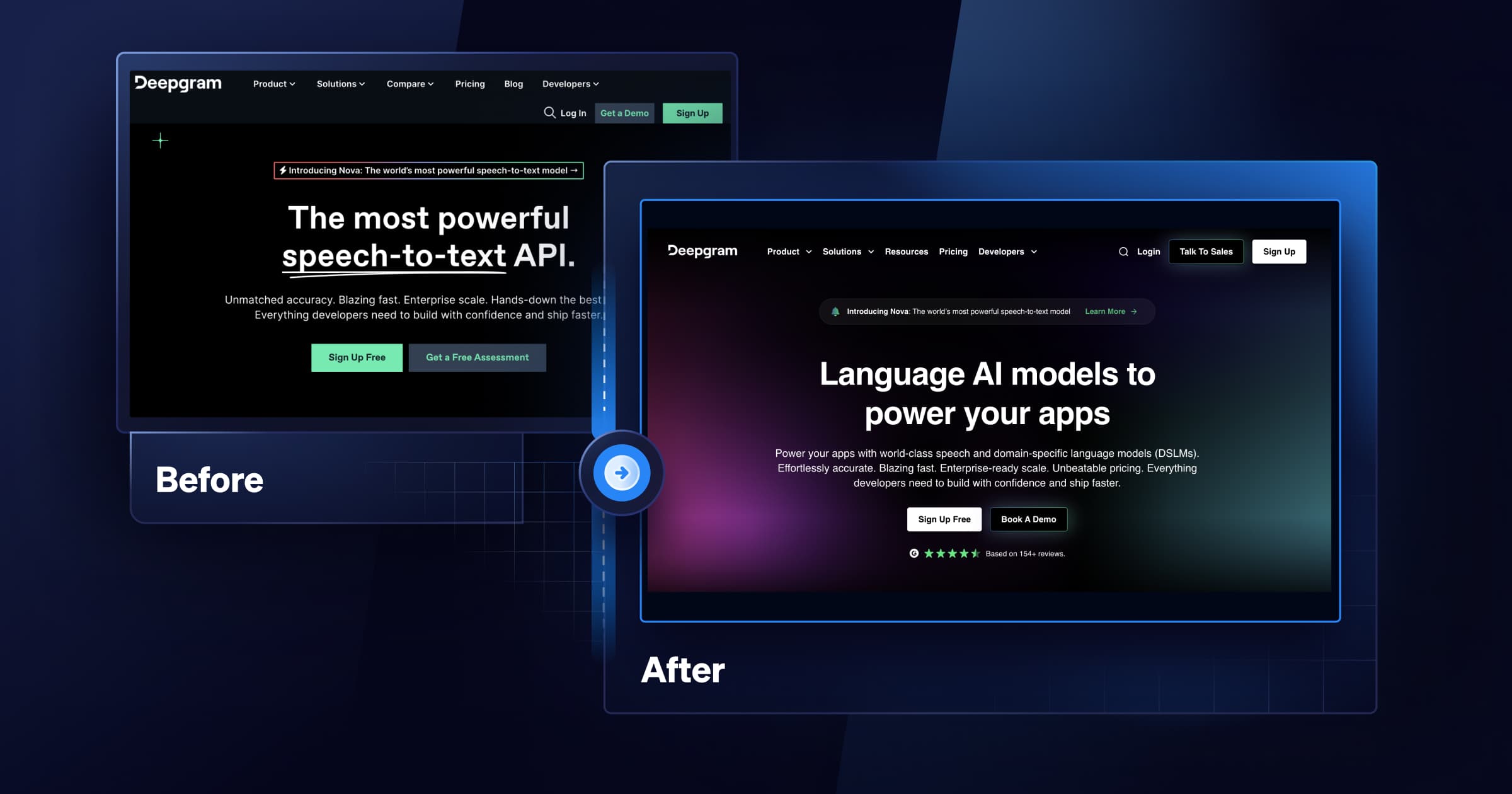Is Gatsby the Right Static Site Generator for Your Business?
Gatsby is a powerful static site generator, promising fast performance, security, and SEO advantages that impact your bottom line.
Gatsby pre-renders your site into static files served from a CDN, eliminating server requests during page loads and creating lightning-fast experiences your users and search engines love.
Who is Gatsby best-suited for?
Gatsby is a great fit if you want a fast, secure website that doesn’t rely on constant server requests. If your marketing site is content-heavy, Gatsby’s static site generation keeps load times low and performance high. It also works well for teams that want a modern development setup with React but don’t need the complexity of a backend-heavy system.
What are the benefits of using Gatsby for a high-performance website?
Gatsby pre-builds pages as static files, so your site loads instantly rather than waiting on a database or server. It’s also secure—because there’s no active database or backend, there’s less risk of security vulnerabilities.
Scalability is another major advantage.
A Gatsby site can handle high traffic without slowing down since it relies on a global content delivery network (CDN) instead of a single server.
As a Gatsby development agency, Webstacks has used it to design sites that perform well from day one. If you need a website that loads fast, stays secure, and scales with your business, Gatsby is worth considering.
How does Gatsby compare to Next.js?
Gatsby and Next.js are both React-based frameworks, but they serve different needs.
Gatsby is best for static websites that don’t need frequent updates, while Next.js offers more flexibility with both static and server-side rendering options.
If your site relies on real-time data or user-generated content, Next.js might be the better choice.
Not sure which one fits your needs? We can help you figure it out.
What should I consider before migrating to Gatsby?
Migrating your website to Gatsby requires careful planning.
Unlike traditional CMS platforms, Gatsby generates static pages at build time, which means content updates don’t appear instantly unless you configure Incremental Builds or a content update trigger.
If your site relies on real-time data or user-generated content, Gatsby might not be the best fit without additional workarounds.
Your current content structure also plays a big role. If you’re using a monolithic CMS like WordPress, moving to Gatsby will require integrating a headless CMS or another structured content source.
Development resources are another factor—while Gatsby simplifies frontend performance, you’ll need a team that can configure APIs, plugins, and deployment workflows.
Webstacks can support your in-house development team and help you migrate faster.
Can Gatsby work with a headless CMS like Contentful or Sanity?
Yes, Gatsby works well with headless CMS platforms like Contentful and Sanity.
Instead of relying on a traditional database-driven backend, Gatsby pulls structured content from a headless CMS at build time and converts it into fast-loading static pages.
How does Webstacks help businesses build fast, scalable Gatsby websites?
Gatsby developers at Webstacks help you build a high-performance website that loads fast and gives teams more control over their content.
Whether you need a full redesign, a migration, or ongoing support, we make sure your site is built to perform.
If you're starting from scratch, we design and develop Gatsby websites that prioritize speed and ease of use. If you're moving from another platform, we handle migrations without disrupting SEO or breaking existing functionality.
Our team also integrates Gatsby with headless CMS platforms, so you can manage content more efficiently.
Beyond launch, we provide ongoing support and optimization to keep your site running at its best.
Get in touch with us to learn more about how we can help.

































